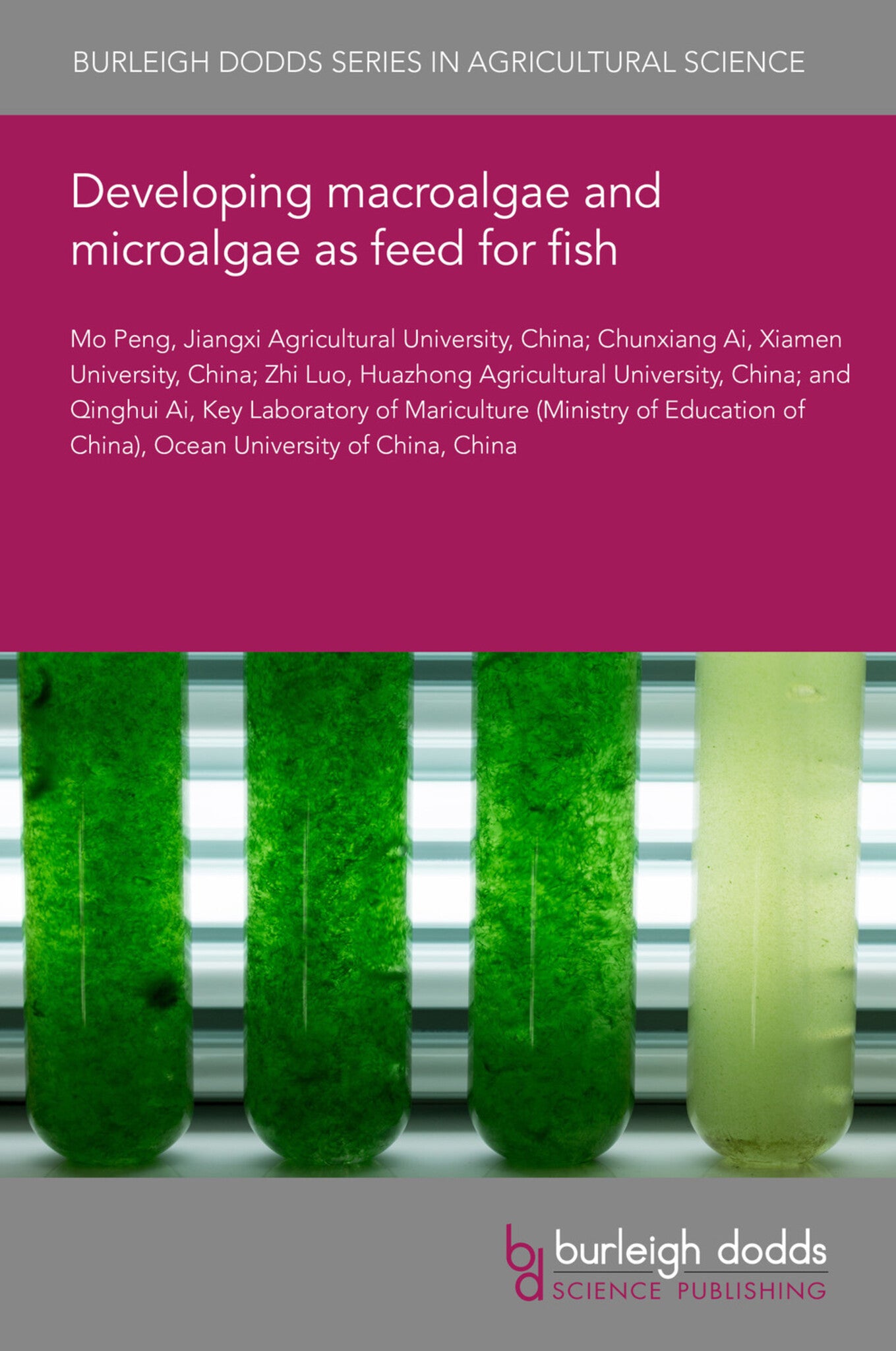We're sorry. An error has occurred
Please cancel or retry.
Developing macroalgae and microalgae as feed for fish

Some error occured while loading the Quick View. Please close the Quick View and try reloading the page.
Couldn't load pickup availability
- Format:
-
13 September 2021


TECHNOLOGY & ENGINEERING / Fisheries & Aquaculture, Phycology (algae and seaweed), TECHNOLOGY & ENGINEERING / Agriculture / Sustainable Agriculture, Aquaculture and fish-farming, Sustainable agriculture

1 Introduction 2 Effects of using macroalgae and microalgae in aquatic feed: growth performance and composition 3 Effects of using macroalgae and microalgae in aquatic feed: disease prevention and fish health 4 Effects of using macroalgae and microalgae in aquatic feed: reproductive performance and meat quality 5 Uses of macroalgae and microalgae in fish feed 6 Challenges in using macroalgae and microalgae in fish feed 7 Conclusion and future trends 8 References



